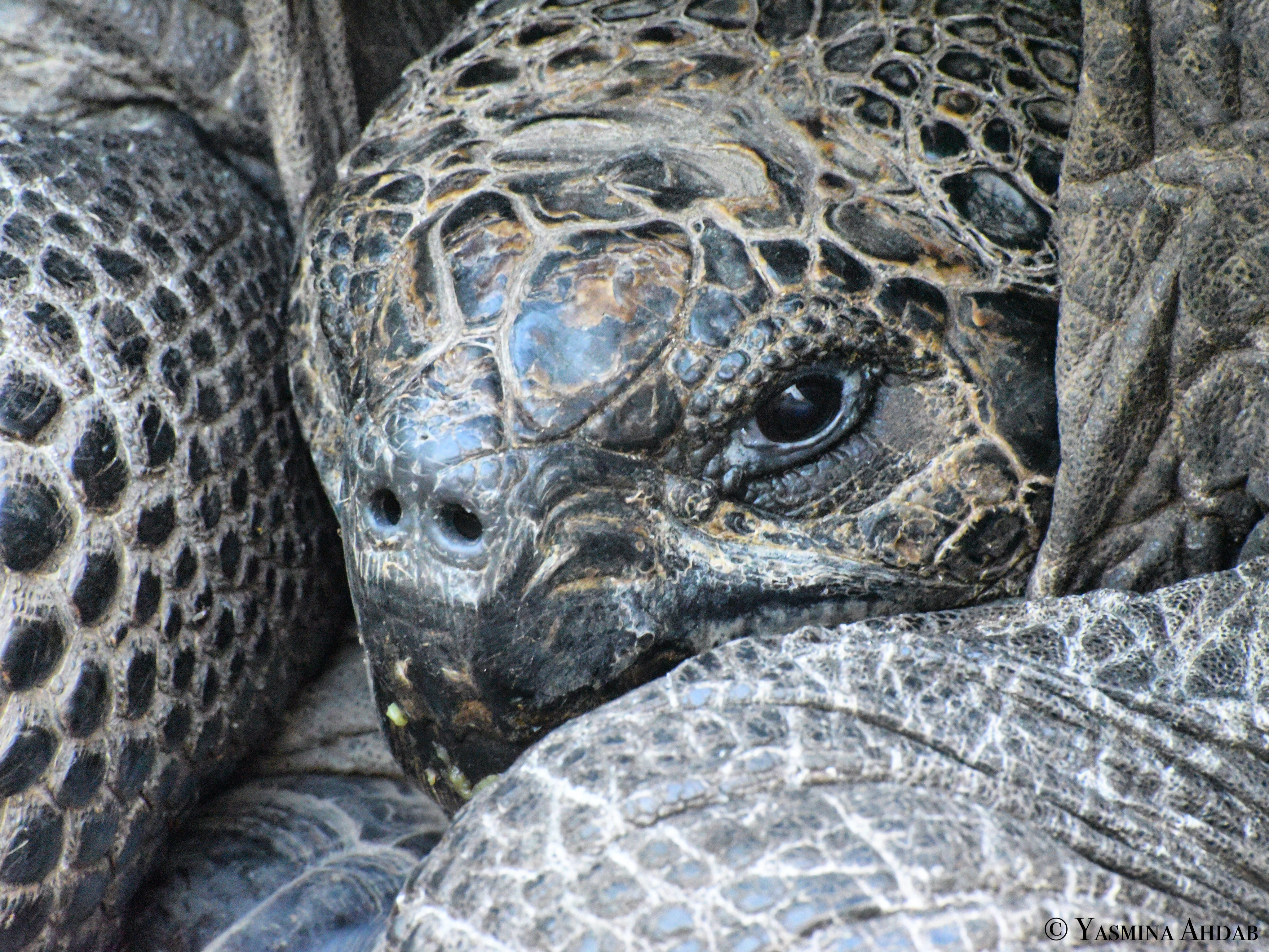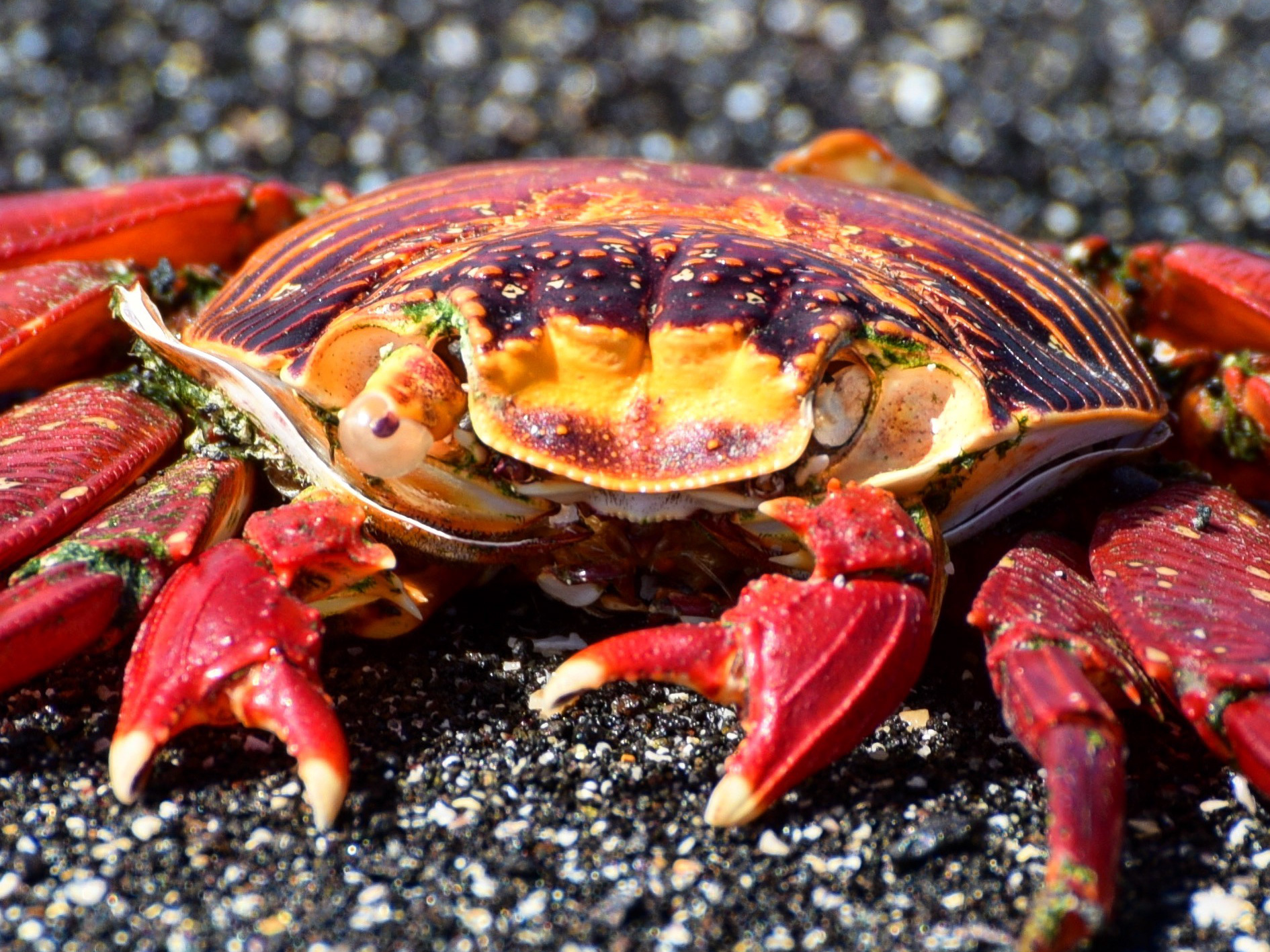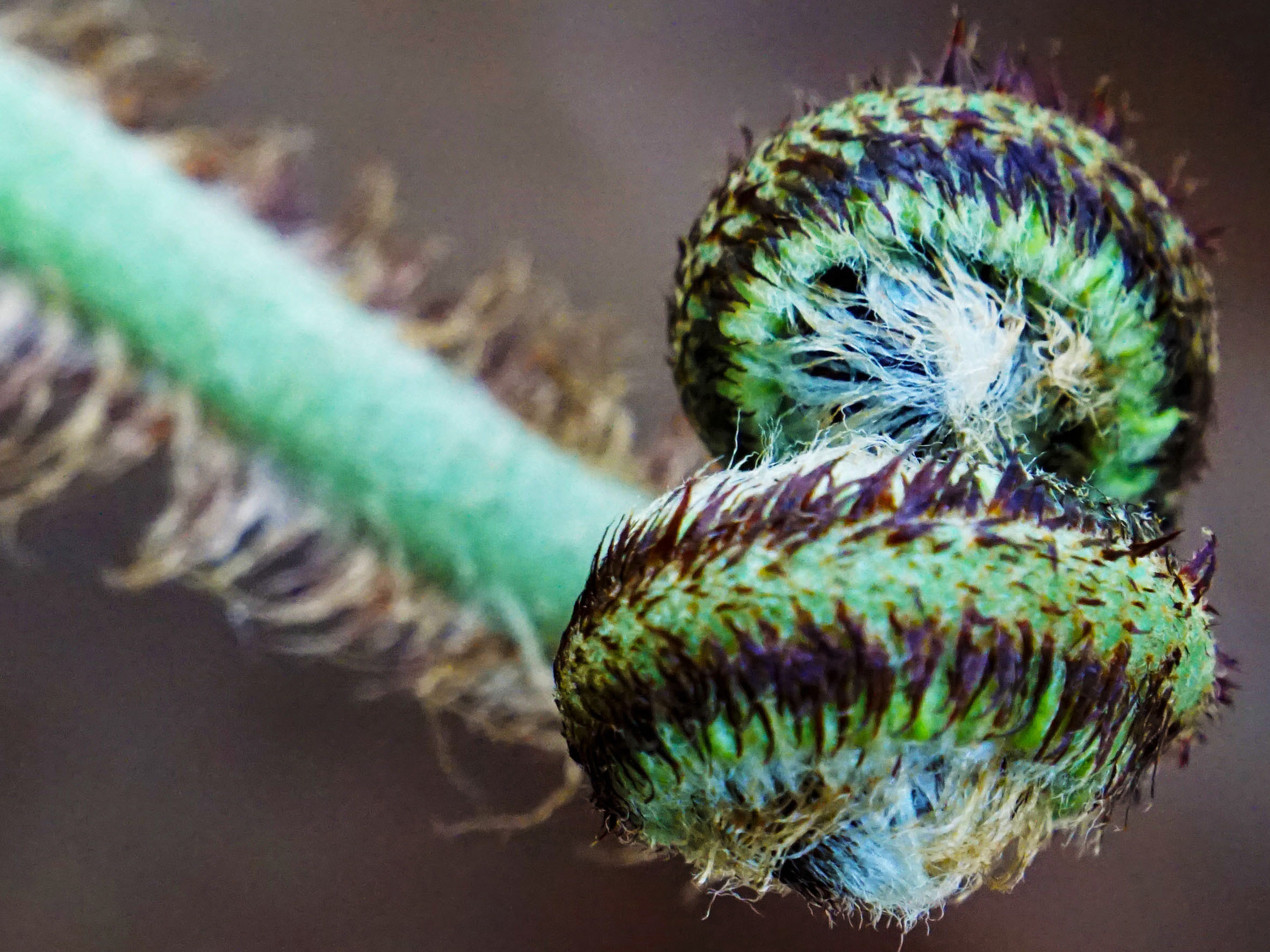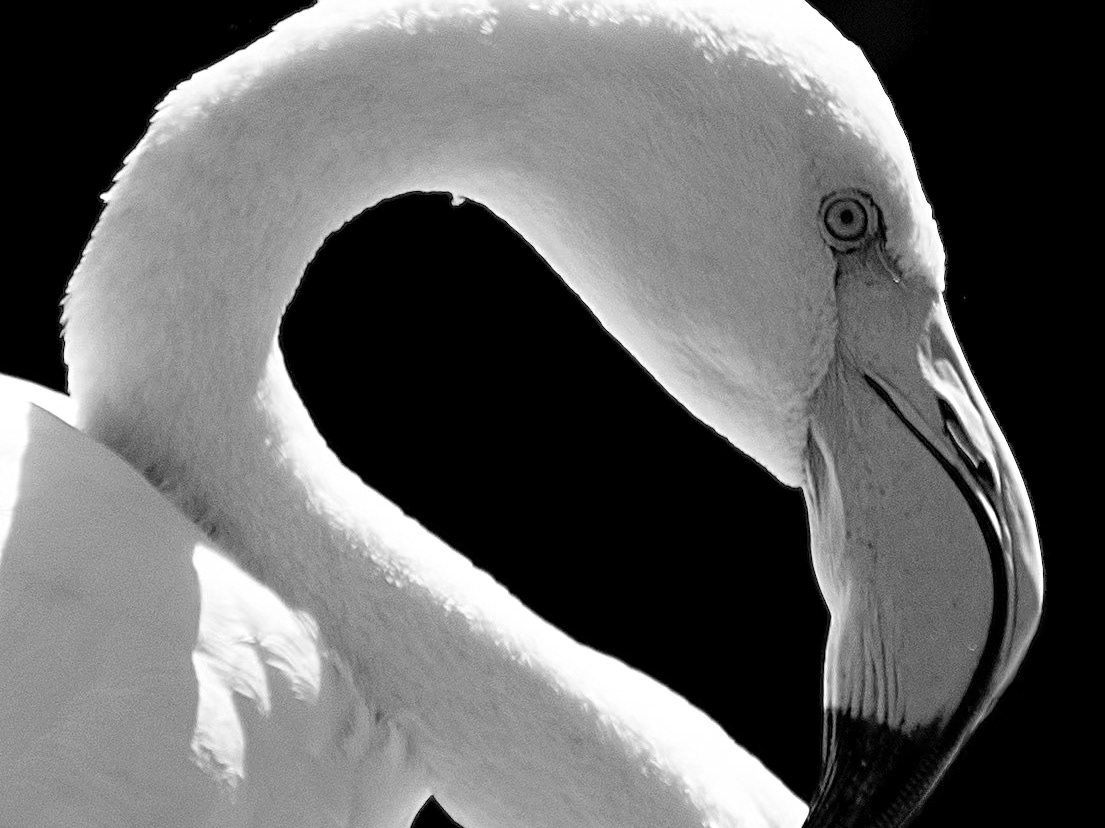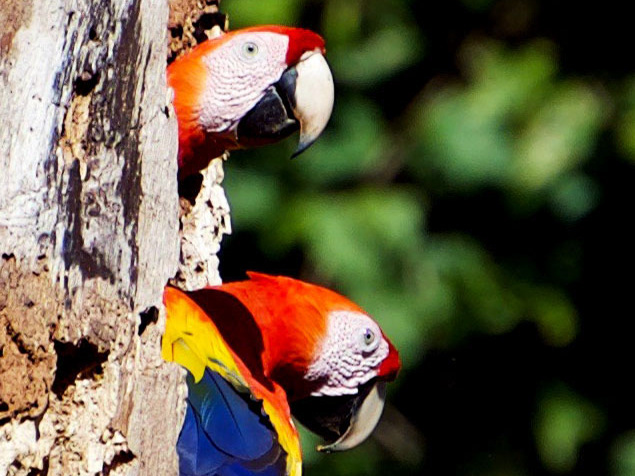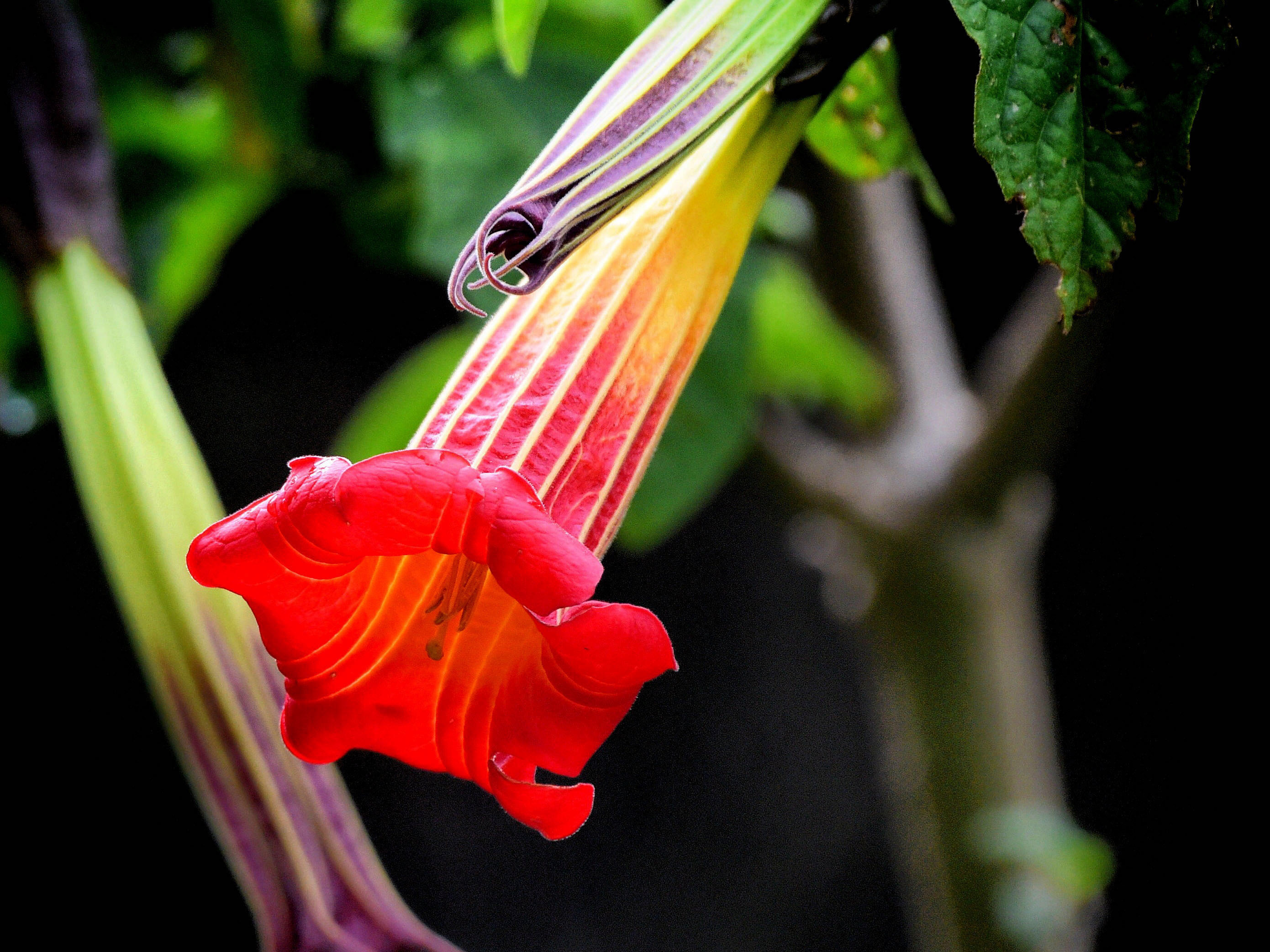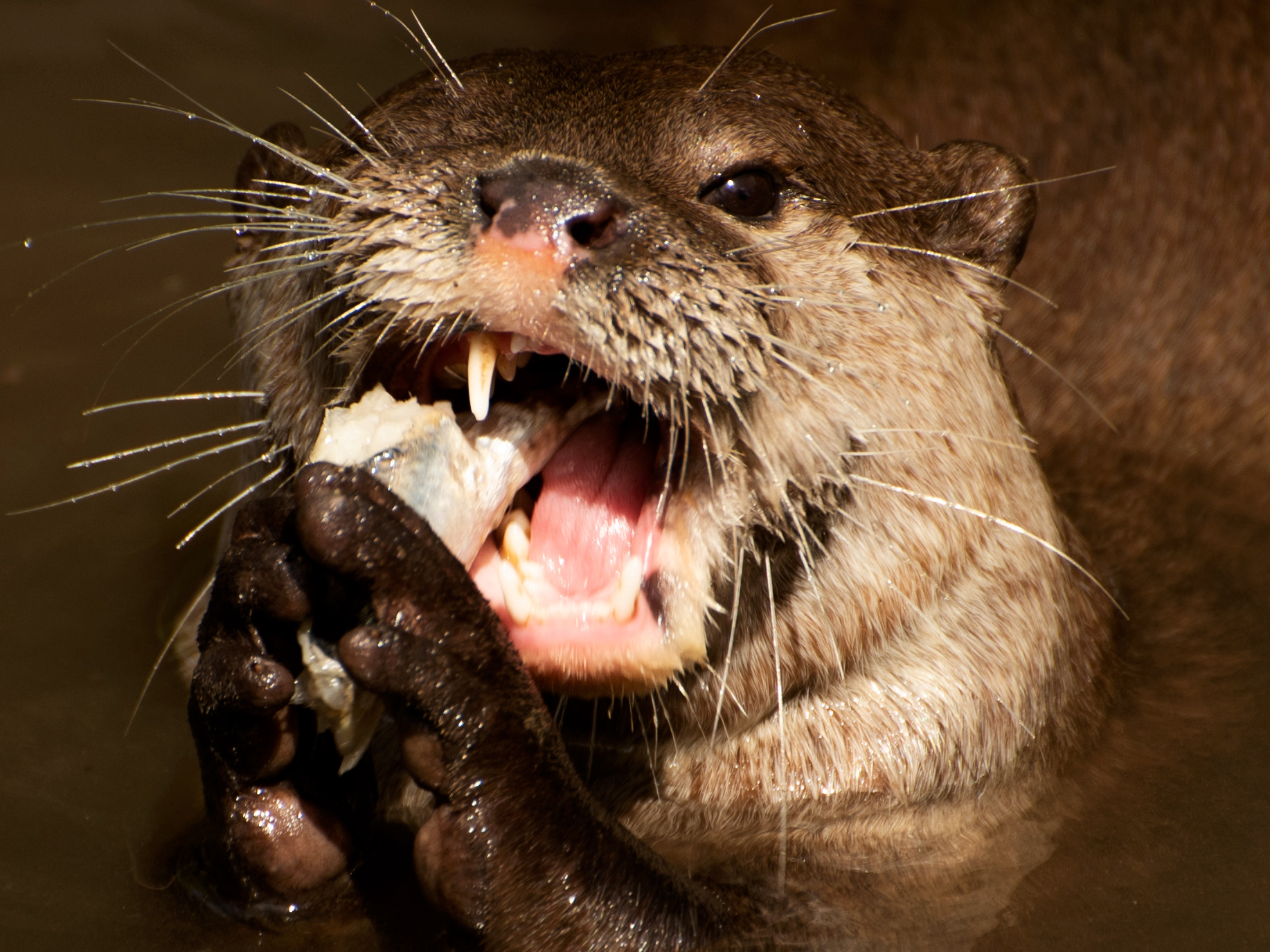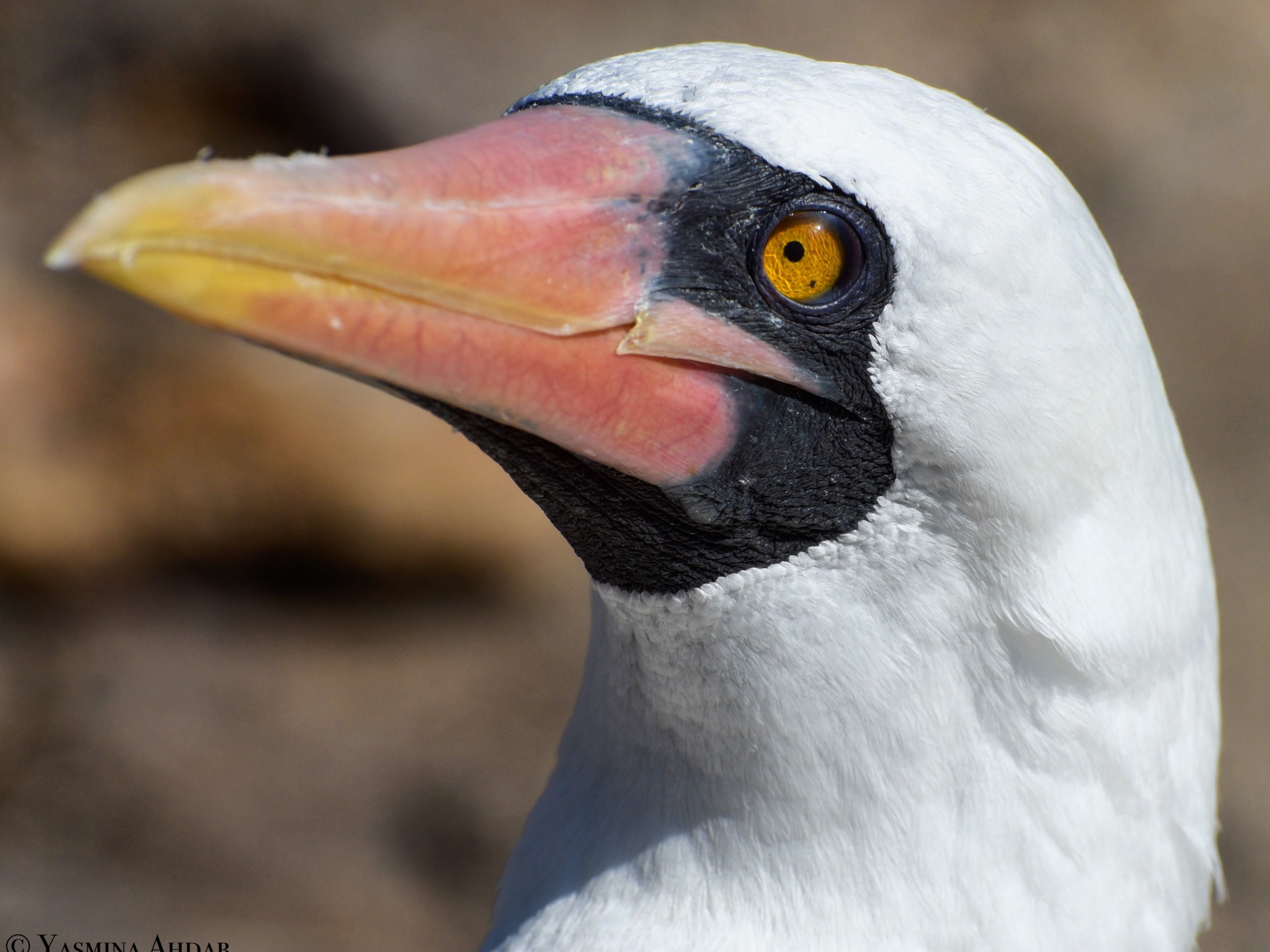Common Name: Galápagos sea lion
Scientific Name: Zalophus wollebaeki
Animal Facts
Galápagos sea lions (Zalophus wollebaeki) are the world’s smallest sea lion species and are the most common marine mammal in the Galápagos Islands, where this photograph was captured. They are incredibly curious and social animals, often sunbathing on beaches or playing. These sea lions may dive up to 2000 ft (600 m) underwater and control each of their flippers independently, enabling them to change directions with agility. They can also hold their breath for over 10 minutes! Breeding colonies are mainly found in the Galápagos Islands, but some may live off the coast of mainland Ecuador on Isla de la Plata. These sea lions are quite sexually dimorphic with males weighing up to four times as much as females! Adult males also have a conspicuous bump on their forehead and display darker fur than females. Dominant males use vocalizations to fend off non-territorial males from their harems. They also mate with the females in their harems, but typically only control that territory for a few months. A male cannot forage while defending his territory and thus becomes much weaker during this time, providing an opportunity for a well-nourished male to replace him. Since there is only one male per harem, the excess ‘bachelor’ males usually collect peacefully on less favorable regions of the coast. Within the first week of a sea lion's life, the mother and the pup develop a unique call, which allows them to identify each other in a colony of 30 or more barking sea lions. Pups remain fully dependent on their mother for the first year of their life and wean during this time.
Interaction with Humans
Galápagos sea lion populations are decreasing largely due to El Niño cycles that are depleting their food sources. Due to climate change, these El Niño events are happening more often and more intensely. Human activities, such as the introduction of domestic dogs that are spreading diseases and the pollution of plastic, are also threatening these populations. Due to their inquisitive and social nature, Galápagos sea lions often approach areas occupied by humans and are thus exposed to diseases, fishing hooks and nets, and human excrement and trash. Although the Galapagos sea lion is protected, more efforts are needed to help conserve this adorable species. The Galapagos Conservation Trust is one of the few organizations studying the risks of plastic pollution on Galapagos marine life, including the entrapment of sea lions in plastic.
Sources
• Denkinger, J., Gordillo, L., Montero-Serra, I., Murrilo, J.C., Guevara, N., Hirschfield, M., Fietz, K., Rubianes, F., & Dan, M. (2015). Urban life of Galapagos Sea Lions (Zalophus wollebaeki) on San Cristobal Island, Ecuador: colony trend and threats. Journal of Sea Research, 105: 10–14. https://doi.org/10.1016/j.seares.2015.07.004
• Galapagos sea lion - Galapagos Conservation Trust. Retrieved from https://galapagosconservation.org.uk/wildlife/galapagos-sea-lion/
• Wolf, J.B.W. & Trillmich, F. (2007). Beyond habitat requirements: individual fine-scale site fidelity in a colony of the Galapagos sea lion (Zalophus wollebaeki) creates conditions for social structuring. Oecologia, 152(3): 553–567. https://doi.org/10.1007/s00442-007-0665-7
• Wolf, J.B.W., Tautz, D., & Trillmich, F. (2007). Galápagos and Californian sea lions are separate species: Genetic analysis of the genus Zalophus and its implications for conservation management. Frontiers in Zoology, 4, 20p. https://doi.org/10.1186/1742-9994-4-20

